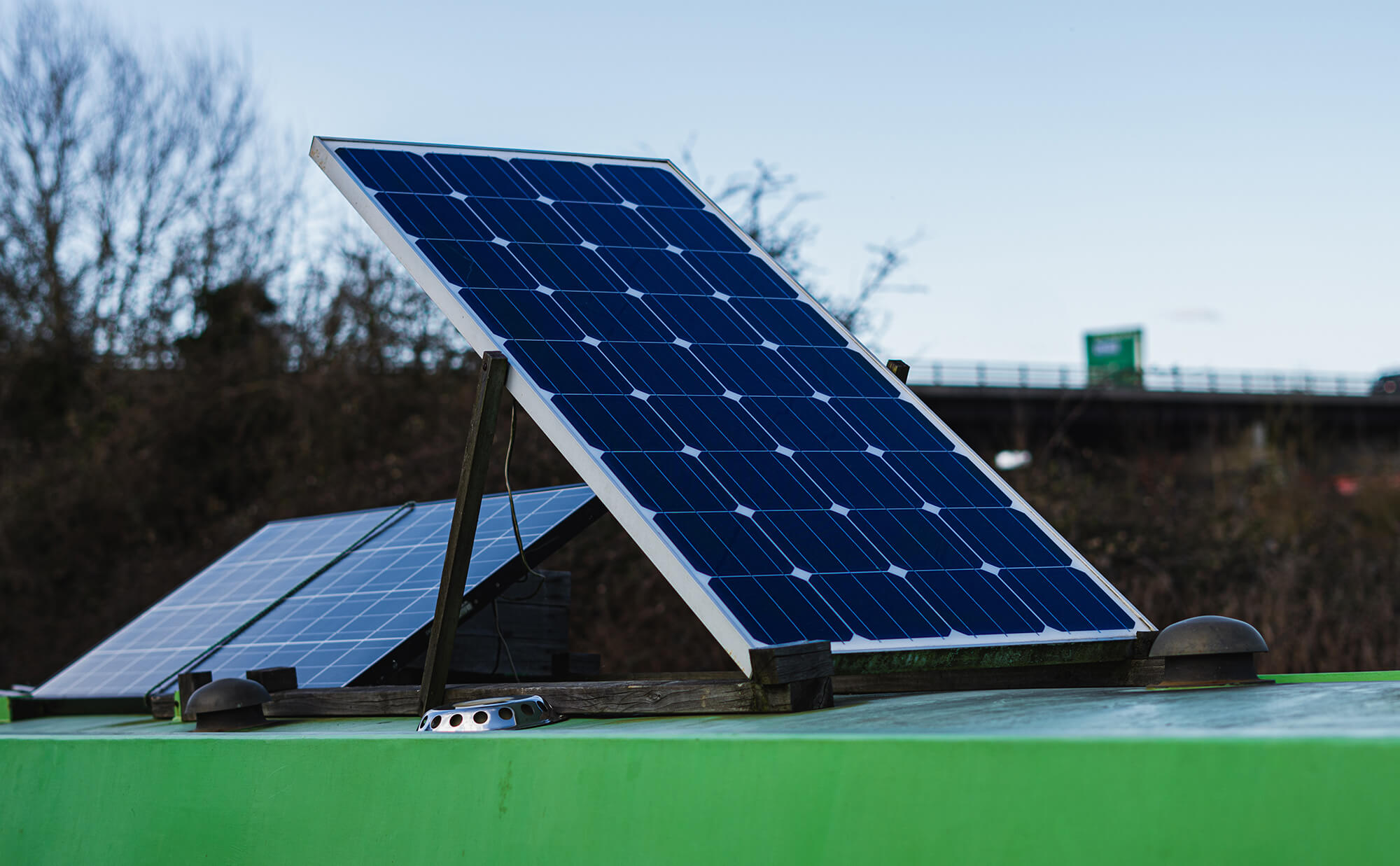Solar installations are set to rise in Queensland following announcement that the state’s electricity prices will increase by 21.4 per cent in 2013/14.
With the increase translating in to an additional $253 a year for most families, sustainable housing groups have promoted solar as a viable option for those seeking to reduce their electricity costs. Tropical Green Building Network’s Emma Thirkell says a rise in solar power popularity could be imminent. “With the electricity prices going up, it’s bringing back the business case for solar,” she said.
The Queensland Consumer Authority recently announced the price increase, laying blame on the Newman Government who froze electricity price increases as part of an election pledge to keep prices low. Whilst inversely, Treasurer Tim Nicholls blamed the electricity price rises on network costs, the solar scheme and the carbon tax.
According to a new report by SunWiz and Solar Business Services, parts of Australia are set to reach residential solar PV ‘saturation’ point by 2017. The current average national penetration is around 20 per cent, with some localities reaching 90 per cent. Saturation point is expected to change the nature of the solar market, with previously ignored areas such as rental properties likely to become more prominent.
Whilst solar feed in tariff may not be as high as it once was, the greatest cost advantage could now come from reduction in power bills, with an average 3kW system expected to pay for itself within 2.8 and 5 years in the near future. Solar also provides a barrier to future price hikes.










